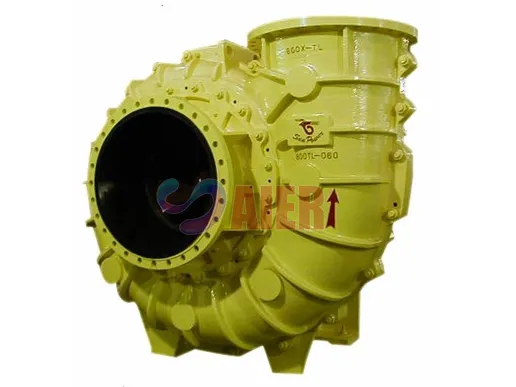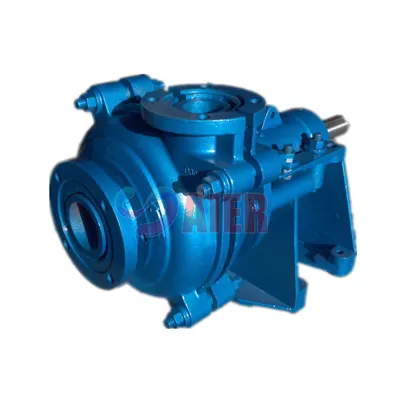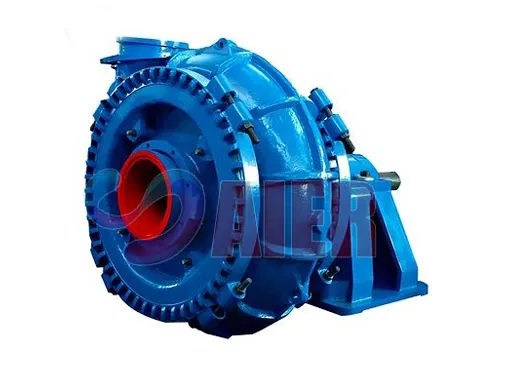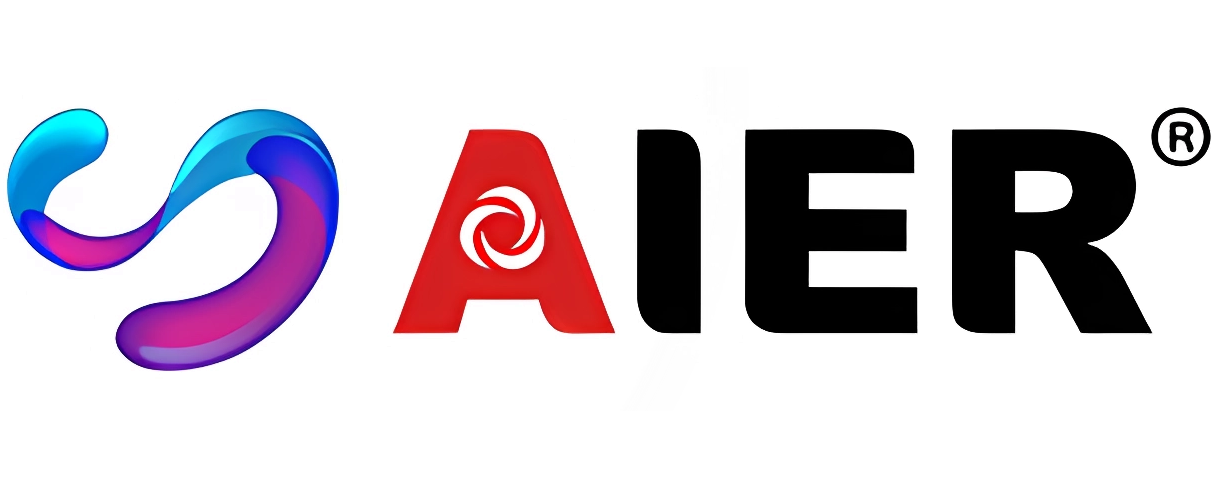Back to list
Pump Selection For FGD
As new coal-fired power plants come online to meet the growing demand for electricity in the United States and around the world, there is an increasing need to clean plant emissions to meet clean air regulations. Special pumps and valves help to efficiently operate these scrubbers and handle the abrasive slurry used in the flue gas desulfurization (>FGD) process.
With all the technological advances in developing new energy sources over the last century, one thing that hasn't changed much is our reliance on fossil fuels, especially coal, to generate electricity. More than half of the electricity in the United States comes from coal. One of the results of burning coal in power plants is the release of sulfur dioxide (SO 2 ) gas.
>
TL FGD Pump
With about 140 new coal-fired power plants in the pipeline in the United States alone, concerns about meeting clean air regulations here and around the world are leading the way for new and existing power plants - equipped with advanced emissions "scrubbing" systems. SO2 is now removed from flue gas by a variety of methods commonly known as flue gas desulfurization (FGD). According to the Energy Information Administration, which provides energy statistics for the U.S. government, utilities are expected to increase their FGD facilities to 141 gigawatts of capacity to comply with state or federal initiatives.
FGD systems can use either dry or wet processes. The most common wet FGD process uses a scrubbing solution (usually a limestone slurry) to absorb SO2 from the off-gas stream. The wet FGD process will remove over 90% of the SO2 in the flue gas and particulate matter. In a simple chemical reaction, the limestone in the slurry is converted to calcium sulfite when the limestone slurry reacts with the flue gas in the absorber. In many FGD units, air is blown into a portion of the absorber and oxidizes the calcium sulfite to calcium sulfate, which can then be easily filtered and dewatered to form a drier, more stable material that can be disposed of in landfills or potentially sold as a product for making cement, gypsum wallboard or as a fertilizer additive.
>
Slurry Pump
Pump selection for FGD
Because this limestone slurry needs to move efficiently through a complex industrial process, selecting the right pumps and valves - with an eye toward their total life-cycle cost and maintenance - is critical.
The FGD process begins when the limestone feed (rock) is reduced in size by crushing it in a ball mill and then mixed with water in a slurry supply tank. The slurry (about 90% water) is then pumped into the absorption tank. Since the consistency of the limestone slurry tends to change, suction conditions can occur, which can lead to cavitation and pump failure.
A typical pump solution for this application is to install a carbide slurry pump to withstand these types of conditions. Cemented metal pumps need to be manufactured to withstand the most severe abrasive slurry service and are also designed to be very easy to maintain and safe. Critical to the engineering of the pump are heavy-duty bearing frames and shafts, extra-thick wall sections and easily replaceable wear parts. Total life cycle cost considerations are critical when specifying pumps for severe operating conditions such as FGD service. High chromium alloy pumps are ideal because of the corrosive pH of the slurry.
>
Slurry Pump
The slurry must be pumped from the absorber tank to the top of the spray tower, where it is sprayed downward as a fine mist that reacts with the upward-moving flue gas. Since pumping volumes typically range from 16,000 to 20,000 gallons of slurry per minute with heads between 65 and 110 feet, rubber-lined >slurry pumps are the best pumping solution. Again, to meet life-cycle cost considerations, pumps should be equipped with large-diameter impellers for lower operating speeds and longer wear life, and with field-replaceable rubber liners for quick maintenance. In a typical coal-fired power plant, two to five pumps will be used in each spray tower.
Since slurry is collected at the bottom of the tower, additional rubber-lined pumps are required to transport the slurry to storage tanks, tailings ponds, waste treatment facilities or filter presses. Depending on the type of FGD process, other pump models are available for slurry discharge, pre-scrubber recovery and oil sump applications.
If you want to know more information about the best FGD pump, welcome to >contact us today or request a quote.
-
New Developments in Rubber Slurry Pump Factory
NewsJun.30,2025
-
Industrial Applications of Submersible Water Pumps
NewsJun.30,2025
-
How Quality Ceramic Slurry Pump Enhances Efficiency
NewsJun.30,2025
-
Heat Treatment of Metal Slurry Pump Parts
NewsJun.30,2025
-
FGD Pump Installation Best Practices
NewsJun.30,2025
-
Applications of Vertical Slurry Pump in Mining
NewsJun.30,2025
